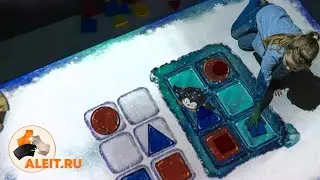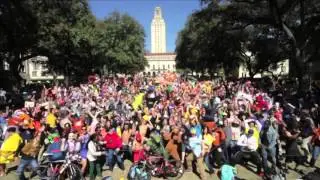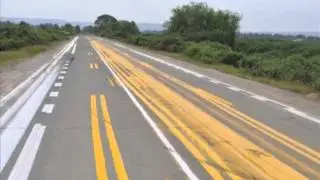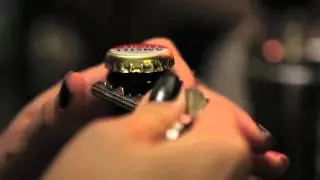Learn Adobe Photoshop - Image Menu
Check out Bas Rutten's Liver Shot on MMA Surge: http://bit.ly/MMASurgeEp1
Mahalo expert Gene Shaw gives a comprehensive Photoshop image menu tutorial.
http://www.gargoyle1.com/
Purpose of the Image Menu
---------------------------------------------------------------------
A primary feature of the Photoshop program is the Image menu. By mastering this menu, you will be able to alter both the images and backgrounds of your Photoshop projects. From resizing and rotating, to duplicating and changing the overall resolution of your work, the Image menu makes a lot possible. Learn each feature of the menu to give your Photoshop project a professional look.
Mode
---------------------------------------------------------------------
Once you open the Image menu, the first sub-menu you will see is the Mode menu. Mode opens up a variety of confusing abbreviated functions. The only two you'll be needing right now are CMYK Color and RGB Color. Both of these codes are color abbreviations. CMYK stands for "Cyan, Magenta, Yellow and Black" while RGB stands for "Red, Green and Blue" respectively. CMYK is used almost exclusively in print work. Most printing presses use some combination of CMYK to create their images. Likewise, RGB is used by monitors and television screens to create colors. For most of the work you will ever do, the RGB setting is adequate. If you do have to complete a project in CMYK, it is best to start the project in that format rather than have to convert it from RGB. There is no direct color conversion from one to the other, so if you attempt this process, your colors may turn out differently than what you intend. If you have no choice but to convert, then allow yourself some extra time so you can adjust the colors accordingly.
In some cases, an image won't behave properly. You might try to add a certain color and it will come out a different color, or certain menu items and panels will be "greyed-out" (unable to click on). This can usually be solved by looking into the Mode sub-menu and making sure you have it set to RGB.
Adjustments
---------------------------------------------------------------------
The Adjustments menu is where you will find all of your color correction options. Go ahead and play with an image's colors to get a feel for these functions. The first four options deal with the light and dark of your image, the next section deals with how color is treated, the third section deals with color separation points, while HDR and Shadows deals with more light and dark functions.
The last section deals with Quick Functions. The Quick Functions are available through the other options, but here they allow you a faster route to access them. Go ahead and play with this feature by moving some of the sliders around. As long as you have the Preview box checked, you will see your changes made in real time right on the image you are working on.
Just remember that if you confirm your changes and you want to save your image, that you do so with a different file name from the original. If you save these changes with the original file name, you will save over it and these changes will become permanent. Get into the habit of saving different file names.
Transform
---------------------------------------------------------------------
The last section to familiarize yourself with is the Transform section, where you can manipulate the shape and size of your image. The difference between Image Size and Canvas Size is simple: if you want to enlarge or reduce your photo, use Image Size. If you want to change the size of the area you are working on, change the Canvas Size.
Image Rotation allows you to flip your image horizontally and vertically. Just be aware that Photoshop will try to maintain a rectangular shape as you rotate your image. For example, if you rotate your image 37 degrees, it will actually enlarge your canvas around the image so that it conforms to this rectangle. There is a tool that allows you to rotate the canvas without adding all of this space but the image itself will save without the applied rotation.
The Duplicate option creates a copy of your image in a new tab. Apply Image and Calculations compare images or layers within images with one another in order to adjust color data.
Read more by visiting our page at:
http://www.mahalo.com/learn-adobe-pho...



















